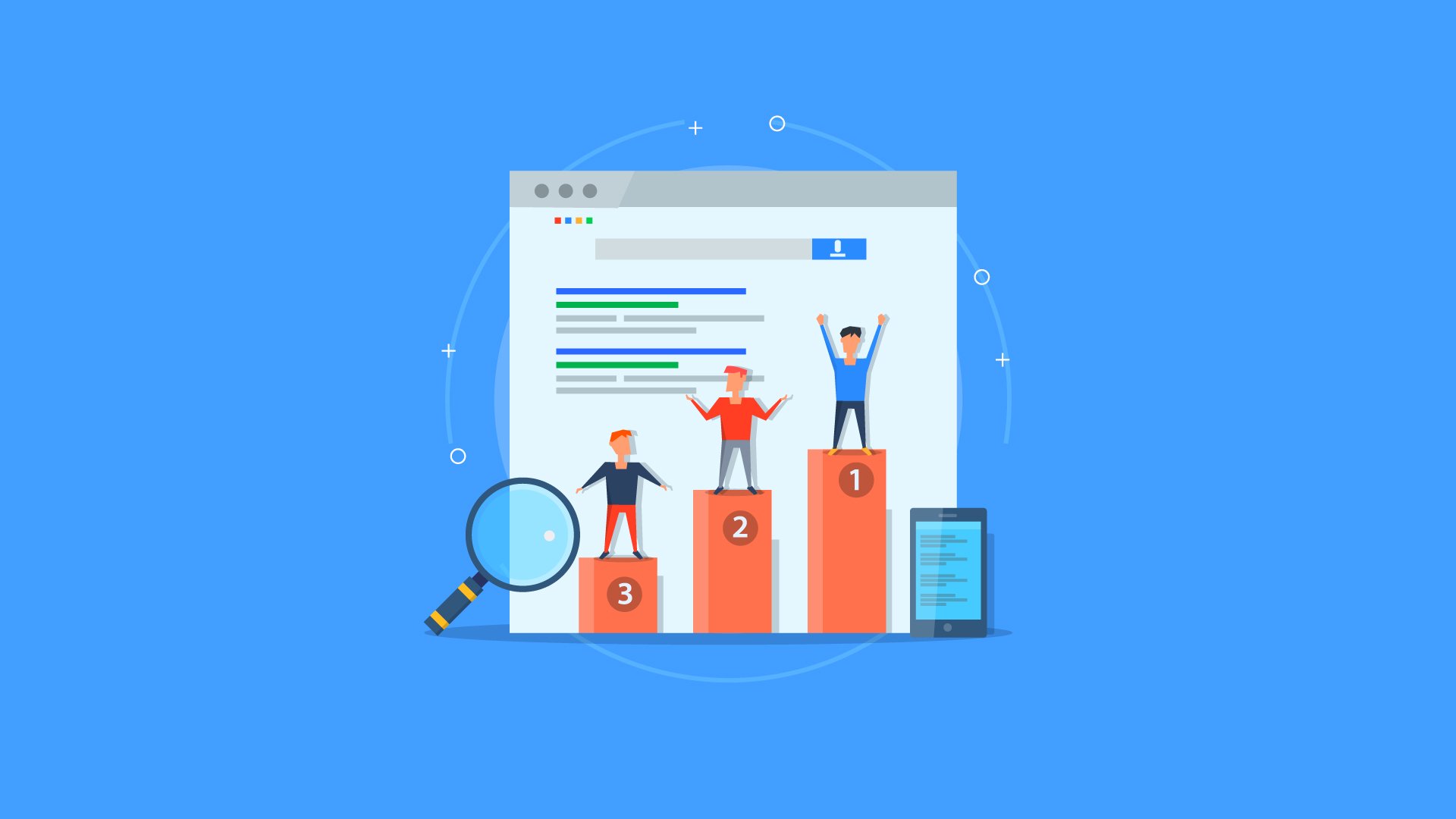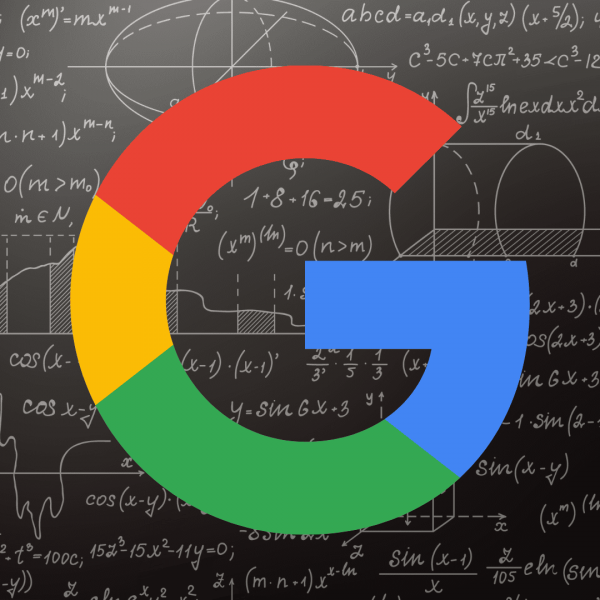The ranking is sorting sites in Google’s search engine results at the top of the SERPs with the pages that most accurately answer the search query. The primary purpose of ranking is to identify sites of maximum value. Additionally, search engine algorithms remove untargeted pages and push sites with duplicate content down.
Relevance reflects the page’s relevance to the search query, which allows the site to appear in the search results. Ranking factors are responsible for sorting order and position at the top. In this article, we’ll look closely at Google’s ranking factors. But before we get started, we advise you of an excellent site where you can efficiently create an SEO content brief if you have such a task ahead of you.
Google ranking factors
You should consider some Google ranking factors if you promote your site.
Age
A young domain is more difficult to promote to search engines because age is a sort of reflection of authority. Up to a certain age, domains fall into a certain pool, from which it is quite difficult to break free to start ranking first in SERPs.
History
Search engines track the history of domains and sites that were hosted on them. If a domain often changes owners, it is a negative signal for Google. Also, such signals include a situation where a site hosted on the domain in the past was involved in the sale of links or was sanctioned by the search engine.

Page load speed
Speed is UX, and quality UX is one of the main factors in ranking. If two sites with the same content are fighting for a place in the rankings, but the first has a lower loading speed than the second, then the second will get priority. At a very low loading speed site may be excluded from organic search.
The same point applies to the loading speed of content. For example, the server may return a status code of 200, but the content will load much later. Search engines track this point, so scripts, images, and other content should be optimized.
Backlinks
Backlinks are the foundation of a site, which determines how successful it will be in the search engine. Quality links from relevant resources increase positions, while low-quality links damaged reputation. Incidentally, backlinks form the basis of PageRank, which is still part of Google’s algorithms.
Novelty of content
Google has long advised webmasters to make sure the information on the page is up-to-date. Data on news sites can be out of date in a day, and on content projects, the average time to become out of date is 2-3 years. If the content is presented in the form of rating something (for example, smartphone models), it should be updated much more frequently.
If you do not add new information, over time, the pages may disappear from the first pages of search results, as they will be replaced by higher-quality pages with fresh data. The search engine knows how to distinguish between an artificial change in the date of update and a real change in information, so you can’t cheat the algorithms.
Google’s ranking factors are something you really need to pay attention to if you really want to make your path to the top of the SERPs. They are updated often enough, but each time Google team talks about them in their blogs or in their user guide.

